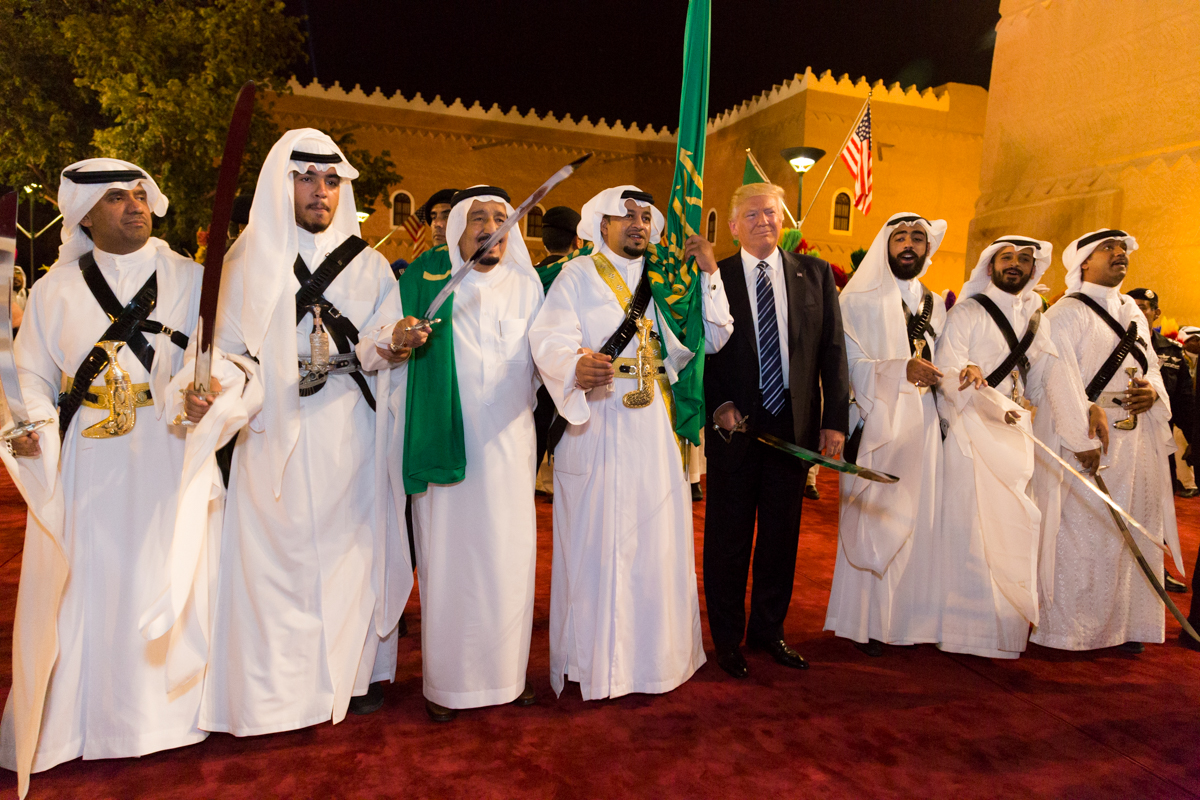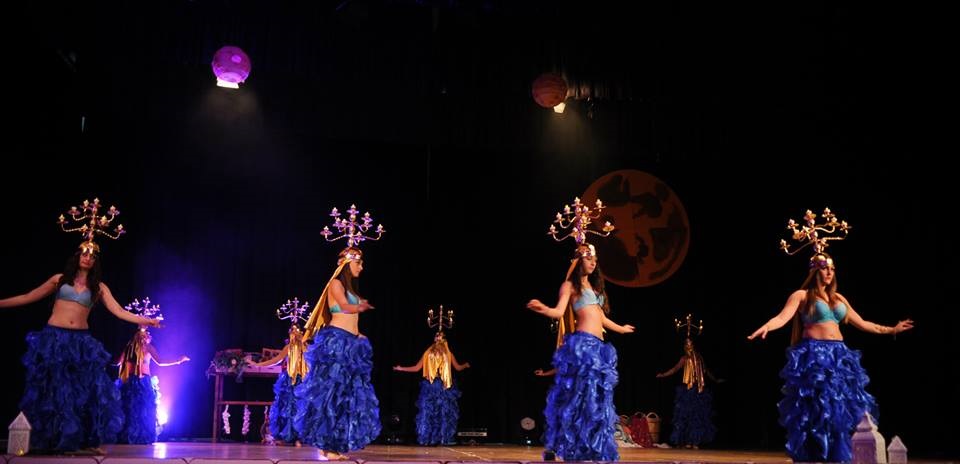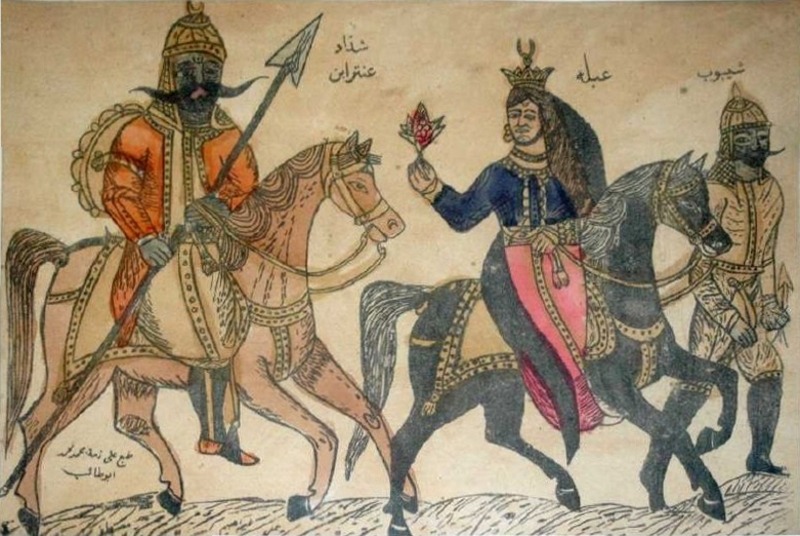|
Ardah
Ardah ( ar, العرضة / ALA-LC: ''al-‘arḍah'') is a type of folkloric group dance in the Arabian Peninsula. The dance is performed with two rows of men opposite of one another, each of whom may or may not be wielding a sword or cane, and is accompanied by drums and spoken poetry. Originally, the "ardah" was performed only by males of tribes of the Arabian Peninsula before going to war, but nowadays it is done at celebrations, weddings, and national and cultural events by males of all tribes, such as the Jenadriyah festival. There currently exists various types of ardah across the Arabian Peninsula. It was inscribed on UNESCO's Intangible Cultural Heritage of Humanity in 2015 as Alardah Alnajdiyah. Variations The term 'ardah' (عَرْضَة) is thought to derive from the Arabic verb ''ard'' (عَرَضَ) meaning 'to show' or 'to parade'. It was so named because its purpose was to publicly display the fighting strength of a tribe and boost morale before an armed enga ... [...More Info...] [...Related Items...] OR: [Wikipedia] [Google] [Baidu] |
Arab Dance
Arab folk dances ( ar, رقص عربي, raqs ʿarabiyy), also referred to as Oriental dance, Middle-Eastern dance and Eastern dance, are the traditional folk dances of the Arabs in Arab world. Arab dance has many different styles, including the three main types of folklore, classical, and contemporary. It is enjoyed and implemented throughout the Arab region, from North Africa to the Middle East. The term "Arabic dance" is often associated with the belly dance. However, there are many styles of traditional Arab dance and many of them have a long history. These may be folk dances, or dances that were once performed as rituals or as entertainment spectacle, and some may have been performed in the imperial court. Coalescence of oral storytelling, poetry recital, and music has a long-standing tradition in Arab history. Among the best-known of the Arab traditional dances are the belly dance, the ardah, and the dabke. Traditional dancing is still popular among expatriate Arabs and ... [...More Info...] [...Related Items...] OR: [Wikipedia] [Google] [Baidu] |
Jenadriyah
Al-Jenadriyah ( ar, مهرجان الجنادرية, Maharajān al-Janādrīyah) is a cultural and heritage festival held in Jenadriyah (or JanadriyahMohammad NowfalJanadriyah, Saudi Arabia, ''Splendid Arabia'' website. Retrieved 2010-08-23) near Riyadh in Saudi Arabia each year, lasting for two weeks. " King Abdullah bin Abdul Aziz was the first to organize this festival. He fostered it and developed it to become the top Arab festival that showcases the local heritage of all Arabian Peninsula regions as well as the Saudi Arabian heritage" It is organised by the National Guard, and the first was held in 1985. Activities include a camel race, performance of local music and dancing of the Ardah and the Mizmar. The festival draws more than one million visitors every year.Jenadriyah Heritage and Cultural Festival SAMIRAD, the S ... [...More Info...] [...Related Items...] OR: [Wikipedia] [Google] [Baidu] |
Middle Eastern Dance
The traditional dances of the Middle East (also known as Oriental dance) span a large variety of folk traditions throughout North Africa, the Middle East, and Central Asia. For detailed information on specific dances of the region, see the main entries as follows: * Arab dance: Ardah, Baladi, Belly dance, Dabke, Deheyeh, Fann at-Tanbura, Khaleegy, Mizmar, Raqs sharqi, Shamadan, Tahtib, Tanoura, Yowlah * Assyrian folk dance: Khigga * Kurdish dance: Dilan * Persian dance: Classical Persian dance * Turkish dance: Çiftetelli, Halay *Jewish dance: Hora, Tza'ad Teimani, Israeli Folk Dances Western dance is being incorporated in the middle east. See also * Sufi whirling * Zaffa In Arab culture,On the Zaffa and the poetic verse used in Muslim weddings in Yemen, see Hanan Maloom, "La Zaffah: Noces et Poesie Orale Feminine à Ṣan‛ā’". In: Ayyelet Oettinger & Danny Bar-Maoz (eds.), ''Mittuv Yosef: Yosef Tobi Jubilee Vo ... References External links From dabke t ... [...More Info...] [...Related Items...] OR: [Wikipedia] [Google] [Baidu] |
Middle Eastern Dances
The traditional dances of the Middle East (also known as Oriental dance) span a large variety of folk traditions throughout North Africa, the Middle East, and Central Asia. For detailed information on specific dances of the region, see the main entries as follows: * Arab dance: Ardah, Baladi, Belly dance, Dabke, Deheyeh, Fann at-Tanbura, Khaleegy, Mizmar, Raqs sharqi, Shamadan, Tahtib, Tanoura, Yowlah * Assyrian folk dance: Khigga * Kurdish dance: Dilan * Persian dance: Classical Persian dance * Turkish dance: Çiftetelli, Halay *Jewish dance: Hora, Tza'ad Teimani, Israeli Folk Dances Western dance is being incorporated in the middle east. See also * Sufi whirling * Zaffa In Arab culture,On the Zaffa and the poetic verse used in Muslim weddings in Yemen, see Hanan Maloom, "La Zaffah: Noces et Poesie Orale Feminine à Ṣan‛ā’". In: Ayyelet Oettinger & Danny Bar-Maoz (eds.), ''Mittuv Yosef: Yosef Tobi Jubilee Vo ... References External links From dab ... [...More Info...] [...Related Items...] OR: [Wikipedia] [Google] [Baidu] |
Saudi Arabia
Saudi Arabia, officially the Kingdom of Saudi Arabia (KSA), is a country in Western Asia. It covers the bulk of the Arabian Peninsula, and has a land area of about , making it the fifth-largest country in Asia, the second-largest in the Arab world, and the largest in Western Asia and the Middle East. It is bordered by the Red Sea to the west; Jordan, Iraq, and Kuwait to the north; the Persian Gulf, Qatar and the United Arab Emirates to the east; Oman to the southeast; and Yemen to the south. Bahrain is an island country off the east coast. The Gulf of Aqaba in the northwest separates Saudi Arabia from Egypt. Saudi Arabia is the only country with a coastline along both the Red Sea and the Persian Gulf, and most of its terrain consists of arid desert, lowland, steppe, and mountains. Its capital and largest city is Riyadh. The country is home to Mecca and Medina, the two holiest cities in Islam. Pre-Islamic Arabia, the territory that constitutes modern-day Saudi Ar ... [...More Info...] [...Related Items...] OR: [Wikipedia] [Google] [Baidu] |
Yowlah
The yowlah ( ar, اليولة, ''al-yawlah'', or العيالة, ''al-ʿayyalah'' or ''al-ʿiyyalah''), is a weapon dance of the United Arab Emirates, traditionally performed during weddings, celebrations, and other events. The dance is accompanied by traditional music (drums and other instruments), and men and women are represented in separate groups of dancers. The yowlah originated as a Bedouin war dance where men would spin rifles after victory in a battle. There is also a variation from the standard yowlah known as the razfah ( ar, الرزفة ''al-razfah'', الرزفة العيالة ''al-razfat al-ʿayyalah'', or العيالة أهل البحر ''al-ʿayyalat ʾahl al-baḥr''); and the ardah is sometimes considered a form of the yowlah (as العرضة العيالة ''al-ʿarḍat al-ʿayyalah''). Dance routine The yowlah involves dance, drum music, and chanted poetry; its routine is meant to simulate a battle scene. Two rows of about twenty men face each othe ... [...More Info...] [...Related Items...] OR: [Wikipedia] [Google] [Baidu] |
Mizmar (dance)
Mezmar or mizmar ( ar, مزمار ''al-mizmar'') is a traditional group performance and stick song-dance that is performed by communities that have migrated to Alhijaz region, western Saudi Arabia in the past few centuries, thus it is not considered part of the original culture of Hejaz nor its tribal native population. Almezmar is performed by about 15–100 practitioners in festive occasions such as wedding and national events, they twirl long sticks (bamboo cane), beat drums and clap to songs that can pertain to a variety of topics such as heroism, praise, chivalry, love and generosity. In the past, the ritual was associated with battle or competition. It closely resembles the tahtib dance practiced in Egypt and Sudan."Mizmar" in Lisa Urkevich, ''Music and Traditions of the Arabian Peninsula: Saudi Arabia, Kuwait, Bahrain, and Qatar''. New York: Routledge, 2015. pp 193–196. 'Mizmar' is actually the generic term for almost any wind instrument found in the Hijaz or Asir, from ... [...More Info...] [...Related Items...] OR: [Wikipedia] [Google] [Baidu] |
ALA-LC
ALA-LC (American Library AssociationLibrary of Congress) is a set of standards for romanization, the representation of text in other writing systems using the Latin script. Applications The system is used to represent bibliographic information by North American libraries and the British Library (for acquisitions since 1975)Searching for Cyrillic items in the catalogues of the British Library: guidelines and transliteration tables and in publications throughout the English-speaking world. The require catalogers to romanize access points from t ... [...More Info...] [...Related Items...] OR: [Wikipedia] [Google] [Baidu] |
Dance In The United Arab Emirates
Dance is a performing art form consisting of sequences of movement, either improvised or purposefully selected. This movement has aesthetic and often symbolic value. Dance can be categorized and described by its choreography, by its repertoire of movements, or by its historical period or place of origin. An important distinction is to be drawn between the contexts of theatrical and participatory dance, although these two categories are not always completely separate; both may have special functions, whether social, ceremonial, competitive, erotic, martial, or sacred/liturgical. Other forms of human movement are sometimes said to have a dance-like quality, including martial arts, gymnastics, cheerleading, figure skating, synchronized swimming, marching bands, and many other forms of athletics. There are many professional athletes like, professional football players and soccer players, who take dance classes to help with their skills. To be more specific professional athletes tak ... [...More Info...] [...Related Items...] OR: [Wikipedia] [Google] [Baidu] |
Dance In Saudi Arabia
Dance is a performing art form consisting of sequences of movement, either improvised or purposefully selected. This movement has aesthetic and often symbolic value. Dance can be categorized and described by its choreography, by its repertoire of movements, or by its historical period or place of origin. An important distinction is to be drawn between the contexts of theatrical and participatory dance, although these two categories are not always completely separate; both may have special functions, whether social, ceremonial, competitive, erotic, martial, or sacred/liturgical. Other forms of human movement are sometimes said to have a dance-like quality, including martial arts, gymnastics, cheerleading, figure skating, synchronized swimming, marching bands, and many other forms of athletics. There are many professional athletes like, professional football players and soccer players, who take dance classes to help with their skills. To be more specific professional athletes ta ... [...More Info...] [...Related Items...] OR: [Wikipedia] [Google] [Baidu] |
Saudi Arabian Culture
The cultural setting of Saudi Arabia is greatly influenced by the Arab culture, Arab and Islamic culture. The society is in general deeply religious, conservative, traditional, and family-oriented. Many attitudes and traditions are centuries-old, derived from Arab civilization and Islamic heritage. However, its culture has also been affected by rapid change, as the country was transformed from an impoverished nomadic society into a rich commodity producer in just a few years in the 1970s. This change has also been affected by and the result of a number of factors including the communications revolution and external scholarships. The most recent ruler or king of Saudi is King Salman of Saudi Arabia.#HT2003, Tripp, ''Culture Shock'', 2003: p.28 The Wahhabi Islamic movement, which arose in the 18th century and is sometimes described as austerely puritanical, now predominates in the country. Following the principle of "enjoining good and forbidding wrong", there are many limitations ... [...More Info...] [...Related Items...] OR: [Wikipedia] [Google] [Baidu] |
Arab Culture
Arab culture is the culture of the Arabs, from the Atlantic Ocean in the west to the Arabian Sea in the east, and from the Mediterranean Sea in the north to the Horn of Africa and the Indian Ocean in the southeast. The various religions the Arabs have adopted throughout their history and the various empires and kingdoms that have ruled and took lead of the Arabian civilization have contributed to the ethnogenesis and formation of modern Arab culture.Language, literature, gastronomy, art, architecture, music, spirituality, philosophy and mysticism are all part of the cultural heritage of the Arabs. The Arab world is sometimes divided into separate regions depending on different cultures, dialects and traditions including: • The Levant: Lebanon, Syria, Palestine and Jordan. • Egypt • Mesopotamia (Iraq). • The Arabian Peninsula: Kuwait, Bahrain, Qatar, Saudi Arabia, Oman, Yemen and the United Arab Emirates. • Sudan • The Maghreb: Libya, Tunisia, Algeria, Morocco ... [...More Info...] [...Related Items...] OR: [Wikipedia] [Google] [Baidu] |







